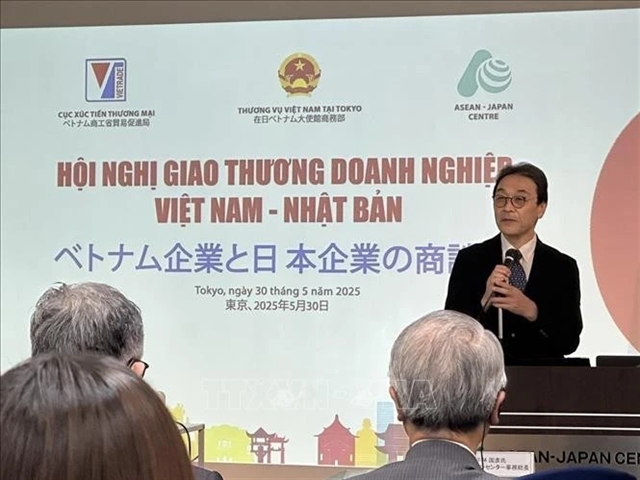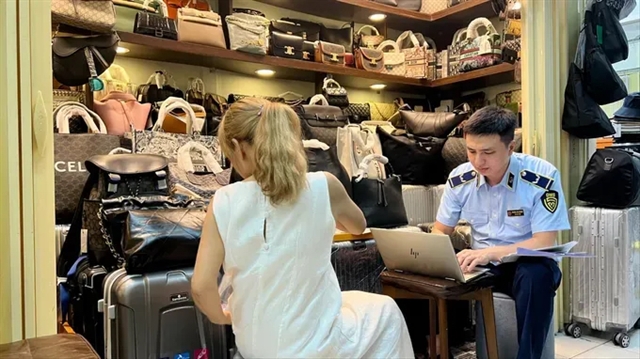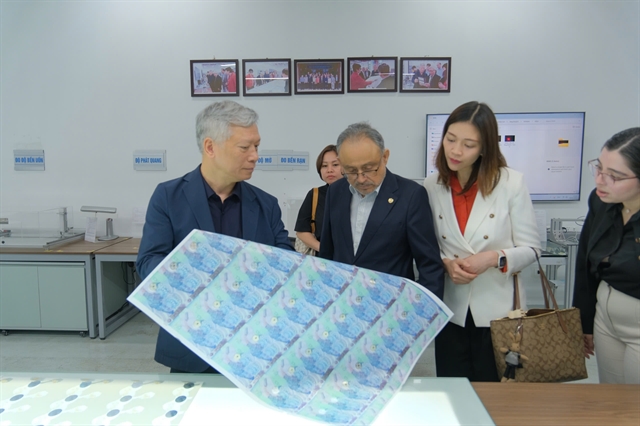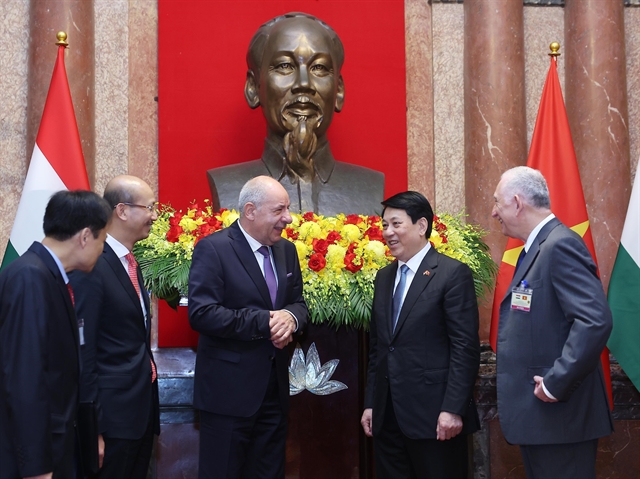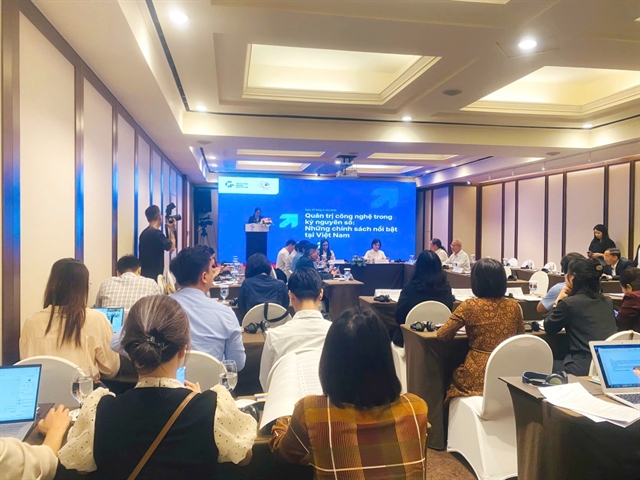 Opinion
Opinion

Nguyễn Hồng Thục, director general of the Việt Nam Union of Science and Technology Associations' Settlement Research Institute, talks to the Tuổi trẻ (Youth) newspaper bout the need to adjust migration strategies for small and medium-sized cities.
 |
| Nguyễn Hồng Thục. — Photo tuoitre.vn |
Nguyễn Hồng Thục, director general of the Việt Nam Union of Science and Technology Associations’ Settlement Research Institute, talks to the Tuổi trẻ (Youth) newspaper about the need to adjust development strategies for small and medium-sized cities.
Does HCM City plan to curb the mass migration from its outlying areas into the inner city?
On average, about 200,000 people are added to HCM City’s population a year, of which two thirds are migrants from other provinces. From 2012-16, the figure was about 850,000 people. It is projected that by 2025, the city will have a population of more than 10 million, excluding non-residents. It is forecast that by the year 2045, the city’s population will reach 15 million.
According to a recent survey, most of the migrants in HCM City found jobs in the first month after arrival, despite low education levels and occupational training.
The typical jobs they found were manual as the demand is high in HCM City. However, seasonal workers and migrant workers in the city number about 1-2 million people, overloading the city’s infrastructure, including houses, schools and hospitals. In such a situation, slum dwellings and social evils have become a big burden for city authorities.
Many experts have argued that migrants drive urban development. What do you think?
Cities have many ways of responding to population demands, that’s why they need labour forces with a wide range of skills – from low to highs..
During the industrial revolution in the late 19th century to the early 20th century, England experienced heavy migration from rural areas to cities. Those migrants contributed more than 40 per cent of the country’s GDP. The British government adopted many plans to stabilise the lives of the migrants while building many public places and houses for migrants so that they could enjoy fair living conditions. Another point I want to mention is that migrants’ wages there were not much different from local workers.
However, for Việt Nam, things are quite different. Up to now we don’t have a policy to allow migrants to have long-term employment contracts and become permanent residents in the cities where they work. So, no doubt, they will eventually become a burden.
In my opinion, HCM City authorities should look at this issue more comprehensively. They first should consider migrant workers as part and parcel of the work force who are joining hands developing the city. They should then look for measures to control the flow of migrants. For example, we should develop outlying districts, rural areas or small and medium-sized satellite cities around the city.
In our current socio-economic condition, what should we do to encourage poor people living in the countryside not to migrate to urban areas?
In my opinion, the main reasons for the migration from rural areas to urban areas are the State and society’s resources and capital investment in these centres. As a result, more jobs are available. This increases urban conveniences and opportunities to earn more money.
Capital flow is the main contributor to the imbalance in investment resources between big cities and rural areas and the movement of the population. This is food for thought when thinking about the need to develop small cities to stop the free movement of people to cities or metro cities.
What should HCM City and other major cities do to overcome the problem of overloaded populations and segmented construction development?
Many countries have developed satellite cities adjacent to their mother cities. Basically speaking, satellite cities are financially independent from their mother cities. However, in our case, I don’t think it is time to think of developing satellite cities for either Hà Nội or HCM City.
But, both Hà Nội and HCM City need development strategies, including encouraging people to move to outlying districts while improving their infrastructure and public transport. Last but not least, authorities in both cities should delegate more power to adjacent or satellite cities.
In my opinion, our policy on urbanisation should be re-defined based on their development plans. That policy is to create conditions for each urban area to find ways to develop. When all the urban areas can stand on their own feet and practise autonomy, we’ll then think about intra-regional connectivity in terms of technical infrastructure, jobs and economy. That means people don’t need to go to other cities to work as nowadays. They can work at home. — VNS

